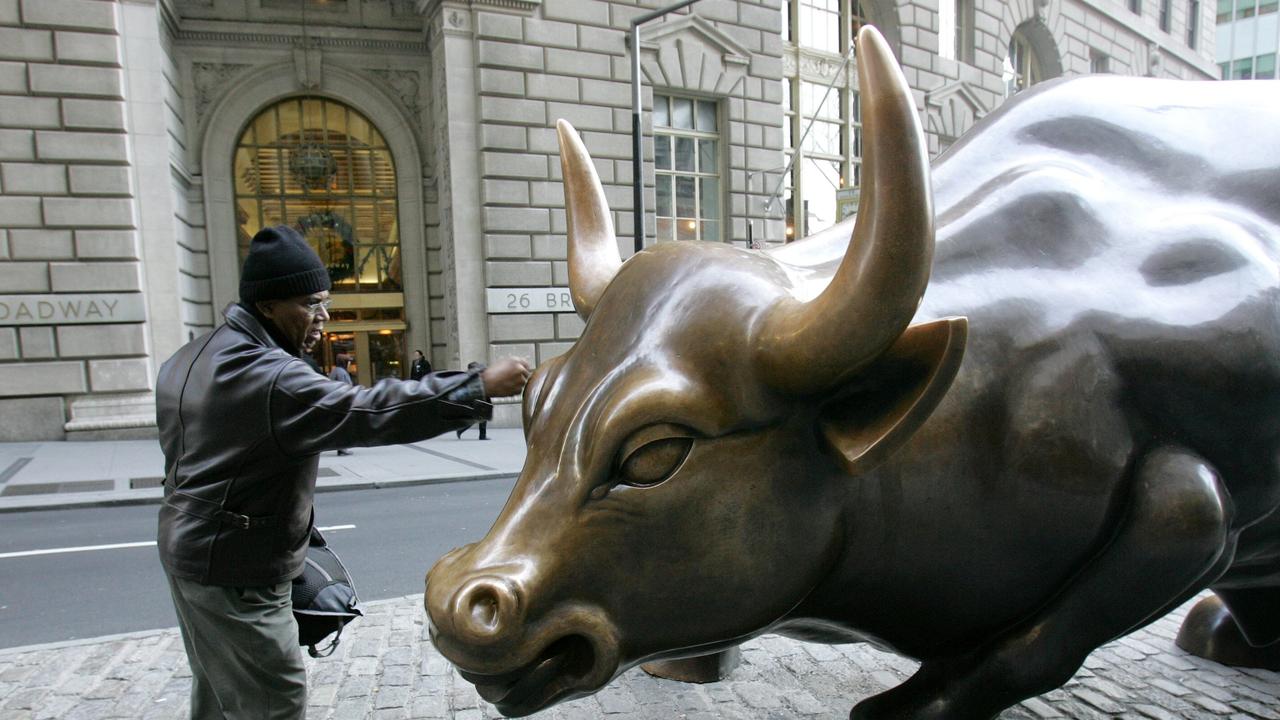Data make a lie of the hype
THERE is a real chance this year may not go according to the script of a strengthening recovery.

SUDDENLY from out of a blue sky a series of ominous black clouds has appeared on the investment horizon … and there is a real chance this year may not go according to the script of a strengthening recovery.
It has been obvious for weeks that the buoyancy of investment markets in Australia and the declining tempo of the real economy have decoupled. Under that scenario either the real economy had to recover or investment assets had to have a setback. Unfortunately it’s the second scenario that is threatening property returns and the sharemarket.
Despite all the hype of new apartment blocks selling out in hours, the hard facts are that residential property prices fell throughout the month.
RP Data figures show a decline in prices in the group’s daily index during the past four weeks, which indicates we will see a drop in nationwide prices for the month. If you overlay this unexpected slice of negative data with a clear slowdown in rental yield growth you have a pause in residential property returns.
Separately, though we saw a smattering of sharemarket hype mid-week as the ASX 200 almost broke to its highest levels in six years, behind the headlines the figures are unconvincing. For a start, a six-year high means little; the index has been drifting in the range of 5500 for a long time. Stand back from the numbers and the truth is we have to rise another 20 per cent or so to get to where we were in November 2007, at the 6800 level.
More to the point, though, is that even at present levels the recent sharemarket records are not convincing. Here’s why.
• The turnover on the Australian Securities Exchange is lower than last year. This suggests investors find it hard to believe it will repeat the past two years of 15 per cent-plus returns. This month showed the lowest trading volumes in five years and trading in the year to date is lower at $926 billion than the figure of $1 trillion for the corresponding period last year. Brokers suggest program trading distorts the picture or that low volatility means less trading activity.
But in the end the volume of shares traded is falling and that is a fundamental negative.
• The stocks underpinning this unconvincing lift in the index are once again the big four banks and Telstra. Commonwealth Bank and Telstra may have hit new price records, but these are our yield utilities where dividend payout ratios are already stretched to the maximum. This is not reflecting growth so much as the hunt for yield. What’s gone wrong? The markets have more to worry about than we might have reasonably expected at the start of the year. Concerns over the quality of the global recovery, especially in Europe, are not new. Nor are the concerns about China’s key economic data. But four warning bells ringing with increasing clarity.
One, consumer confidence, which had recovered in the first quarter, has been seriously hit by the budget cuts and the articulation of the budget strategy by the federal government.
Two, iron ore is our most important export item and has dropped through the crucial $100 a tonne price level.
Three, corporate profits are patchy. A standout example here is Suncorp, which reported writedowns and is suffering from higher income protection and mental health claims — a negative economic indicator.
Four, house building statistics are mixed. In fact it is the housing statistics that we need to look at most closely because the broad consensus is that if housing does not deliver then the Australian leg of the global recovery is in trouble. The other news of concern is that auction clearance rates are slowing, indicating the demand for existing residential property is softening.
These poor numbers confirm the retracing of growth forecasts for the wider economy we saw months ago. So there are firming signs the investment markets are threatening a setback.
Put it all together and you have a pause in investment markets. Who said “sell in May and go away”? They may be right again. But hopefully not for long.
James Kirby is managing editor of Eureka Report.



